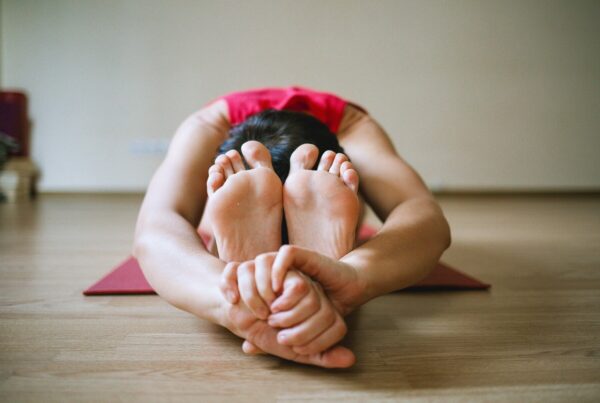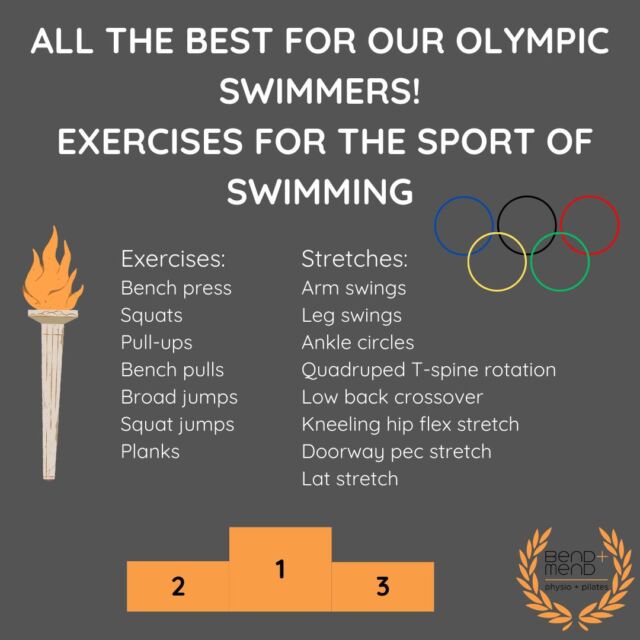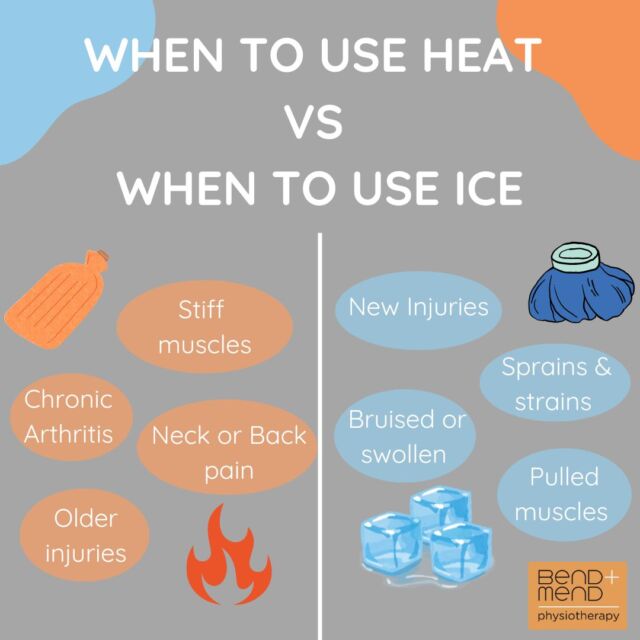Proprioception is defined as your awareness of your body in space. A person with normal proprioception does not need to look at their hand to know that their fingers are bent; the sensory receptors in our muscles, tendons and joints give the brain this information without any effort on our part. Good proprioception is one of the best tools a runner has to remain injury-free, or recover from an existing injury. When running, we subconsciously rely on our lower extremity proprioceptors to relay information about any irregularity in the surface we are running on. This is especially true for those who run on uneven surfaces, like dirt, gravel or sand. With good proprioception comes enhanced responsiveness and greater awareness on these uneven surfaces.
How does it work?
Proprioception works off of three systems; our sight, feedback from our sensory receptors and vestibular system. Our eyes provide us with visual information of our surroundings therefore any obstruction to this input, such as reduced lighting, decreases the effectiveness of this system. The vestibular system aids us in motion, head position and spatial orientation due to the semi-circular canals within the inner ear. Finally, our sensory input comes from our muscles, tendons and joints.
How does it help improve running?
Proprioception in the foot and ankle are vital for walking and running by providing the correct foot position appropriate for the ground, whether that be inversion, eversion, dorsiflexion or plantarflexion. The more we practice and improve our proprioception the less over correcting our muscles in our legs do to result in a more stable ankle. This stability in the ankle results in more stability in the knee and hip so starting at our foundations will have an effect on the entire chain up the body. Improving the efficiency of the ankle joint stability muscles will result in less energy being wasted and reduced muscle strains which lead to injuries. Not only are we decreasing our injury risk but we are also improving our stride pattern and running efficacy.
How to improve it?
Fortunately, there are exercises to add into your routine that can improve proprioception. Some simple exercises include standing on one leg. The key is to perform this little and often throughout the day which is why we suggest performing these exercises around your daily activities such as brushing your teeth or when waiting for the kettle to boil. If you find it all too easy then try with your eyes closed and feel the difference. Balance boards and Bosu balls can help runners challenge and strengthen their balance system while increasing strength and stability.
If you would like more information on proprioception to improve your running, book in for an appointment with one of our experienced Physiotherapists at Bend + Mend.







